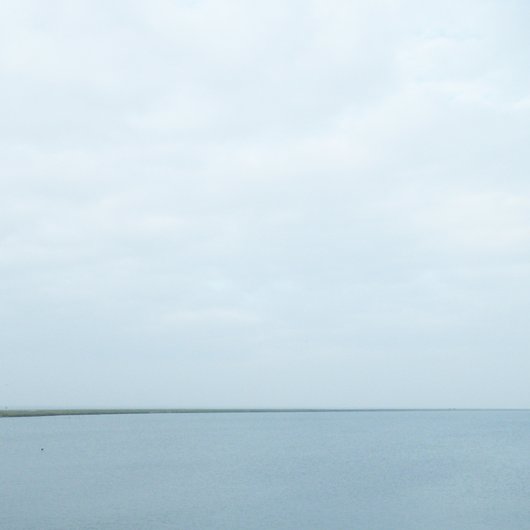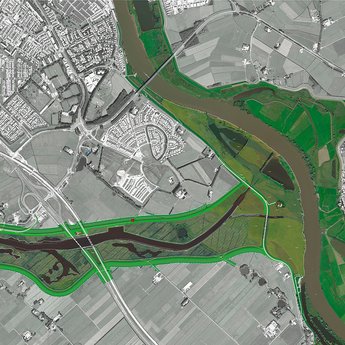Open and empty dike
The Houtribdijk cuts across a large part of the Dutch landscape and is hardly visible from the surrounding area. Therefore, the main starting point is to focus on the current use (flood defence, road and bicycle path) and not to add a spatial impact programme that will impair the uniform image of the flood defence. An exception is made for the Trintel and the landing ends of the dike, which will manifest themselves much more as islands to this empty line.
The dike reacts to subsurface
The history and future of the dike are closely connected with the subsurface. The sandy solution for the dike reinforcement, for instance, reacts to the Enkhuizer sand. This relationship with the subsurface is made visible in the dike design, creating an important opportunity to reinforce natural values. The subsurface offers conditions for nature development.

















